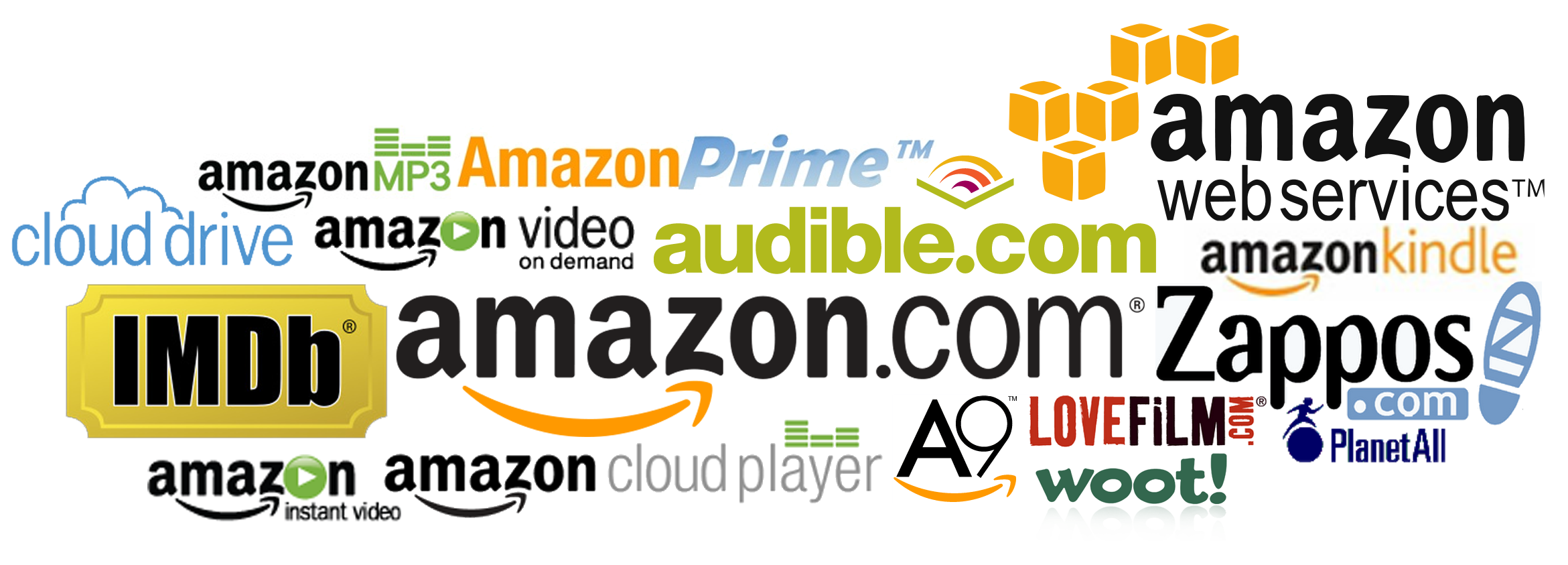Dear SF Tech Titans (Marc Benioff, Ron Conway, Dick Costolo, Jack Dorsey, Drew Houston, Jeremy Stoppelman, Brian Chesky, Travis Kalanick, Don Mattrick, George Lucas, and honorary member, Larry Ellison), as well as other SF Bay Area technology leaders, Mayor Ed Lee, and Superintendent Richard Carranza -
I’m a current public school dad (three times over) in San Francisco, the global epicenter of technology. And, I’m saddened by, and ashamed of, the approach to technology in our classrooms.
So, I am using this platform to implore all of you: Think bigger (your words, Mr. Benioff) and then, perhaps more important, make it happen (my words, Mr. Benioff)! No excuses!
To level set, I appreciate that (almost) every parent at (almost) every school (public or private) has something to be annoyed by and/or to complain about, and so I know that my issue here is more substantial than some and much less significant than others. Please, then, view this issue and this perspective in an absolute, not relative, sense.
That said, the current state of technology in San Francisco’s public schools is appalling. There is no other word for it.
According to, San Francisco Unified School District’s Master Plan, hundreds of teachers in San Francisco have no computer in their classrooms at all (seriously, none!), and more than 60% of all teachers have computers that are more than 4 years old. Many of these computers run similarly out-of-date software. How can we expect these people to adequately teach and train the future rock stars that you will need working at your companies?
Moreover, fewer than half of teachers have LCD projectors, document cameras, or interactive whiteboards (and, I’m willing to bet that far fewer than 50% have access to the full suite of these technologies).
As for WiFi / connectivity — SFUSD has no idea (literally - it has no count), though my experiences would suggest that our existing capacity is painfully insufficient.
And, that’s the good news; because, when looking at student access to technology, it is an unmitigated disaster. The student:computer ratio was a paltry 5:1, in 2012, and a petrifying 8:1 for computers less than 5 years old. With so few computers to go around — and (obviously relatedly) a student population that lacks the requisite computer skills — less than 25% of teachers in SFUSD reported giving weekly assignments that require use of technology.
In summary, then, SFUSD has woefully under-resourced classrooms / teachers; ancient technology; and, untrained students without access.
Unacceptable, inexcusable, and pathetic!
If your companies / employees were forced to operate under these conditions, you would have been fired long ago and/or your businesses would have gone to zero.
To be clear to you and anyone else reading this, I recognize that you and your companies are not at all to blame for this state of affairs — we have years of political and bureaucratic mismanagement, among other factors, to thank for that.
At the same time, though, you and your employees do work here and live here and are valuable members of this community; and, it would benefit you and your employees greatly over the long-term to be surrounded by a well-educated, tech-ready population for years to come.
So, Mr. Benioff, I loudly and enthusiastically applaud your extremely generous gift (and I mean that sincerely) to San Francisco’s middle schools; however, the truth of the matter is that it barely addresses the most superficial of needs.
- iPads for teachers are a wonderful nice-to-have, but hardly a need-to-have, when the teachers that actually have computers are working on +5-year-old machines, running similarly out-of-date software that may be incompatible with current programs and/or accessory devices;
- iPads for 750 students has to be considered progress, but it is a mere drop in the bucket relative to the daily computing needs - and the potential output — of +12,000 (guesstimate) middle schoolers in SF;
- And, the promise of school-wide WiFi is encouraging, but a multi-year rollout of said technology is essentially bypassing the entire generation of current middle schoolers.
Fortunately, this is a readily fixable problem, especially with all of you on board! Unlike the tragedies of homelessness, drug addiction, poverty, and/or crime, which are influenced by any number of ongoing and ever-changing socio-political factors, infusing SFUSD classrooms with technology is straightforward and easy, with a defined investment over a specific population.
And, you (Marc, Ron, Dick, Jack, etc.) are among a very small crowd to have the collective resources and wherewithal to change these dynamics almost overnight (literally)!
If you need a guide for possible next steps, let me offer a few:
- Outfit every teacher in SFUSD with a modern computer, LCD projector, document camera, and printer (for a visual point of reference as to what’s needed, look no further than one of your many office conference rooms);
- Install / upgrade WiFi networks at all SFUSD campuses to allow for high concentrations of always-on usage (again, look no further than the networks that run inside your own businesses, or are used at the conferences you love to host)
- Flood every middle and high school with a sufficient number of Chromebooks or Netbooks (or PCs or Macbooks, if you are so inclined) to bring the student:modern computer ratio down to 2:1;
- Train educators on “best practices” for integrating these technologies into their classrooms and curriculum; and,
- Donate the time of your infrastructure teams to support SFUSD’s already-stretched network / IT department.
Your companies, which are headquartered in San Francisco, set the world’s pace in technology and related services; I challenge all of you, individually and jointly, to focus that same vision, leadership, money, and resolve on the technology used by the teachers and students living in your own neighborhoods.
Make it happen. Today. Please! Every child in San Francisco will be forever indebted to you for stepping up to the challenge — and, they may well repay the favor many times over as future leaders of your companies!
Sincerely,
Derek Brown










